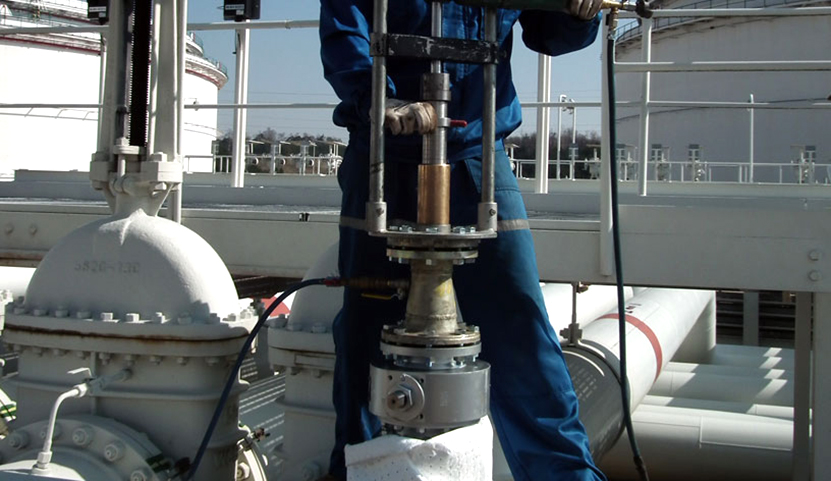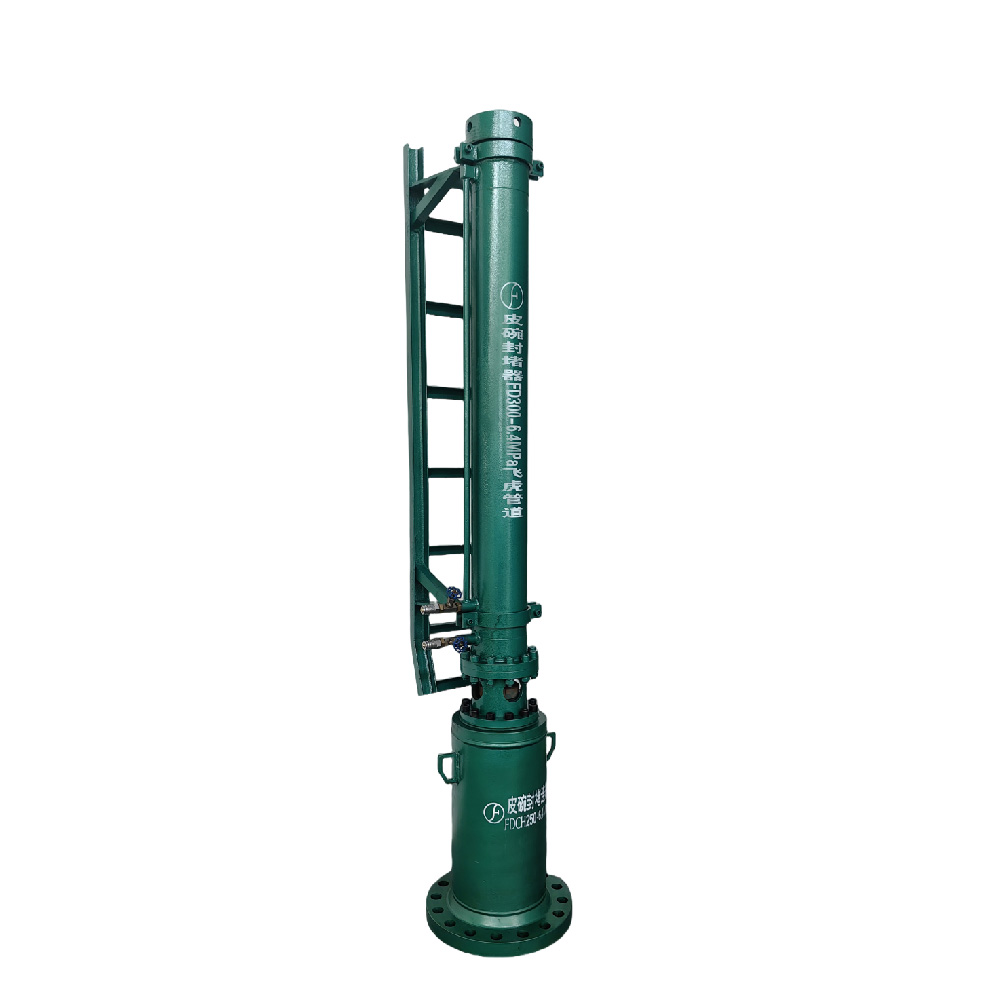Pipeline plugging equipment in Indonesia is a vital component for ensuring the safety, efficiency, and reliability of industrial and municipal pipelines. These systems are designed to temporarily block the flow of liquids or gases, enabling maintenance, testing, or emergency operations without halting entire networks. By creating a secure seal inside the pipeline, plugging equipment prevents leaks, spills, and operational hazards that could otherwise result in significant financial and environmental consequences. The main components often include mechanical or inflatable plugs, pressure control systems, and monitoring devices to ensure safe deployment. Different pipelines, including oil, gas, water, and industrial fluid networks, require specialized plugging solutions that consider diameter, pressure, and material composition. Properly functioning pipeline plugs enhance operational continuity and worker safety while reducing downtime. Given Indonesia’s extensive network of pipelines and challenging terrain, the demand for reliable and high-quality plugging equipment continues to grow.
Types of Pipeline Plugging Equipment Used in Indonesia
Several types of pipeline plugging equipment are commonly used in Indonesia, each designed to meet specific operational requirements. Mechanical plugs are robust and widely used due to their simplicity and durability, typically employing expandable components that create a secure seal within the pipe. Inflatable plugs are highly adaptable, especially for pipelines with irregular diameters or difficult access points, providing versatility in deployment. Pneumatic and hydraulic plugs are suited for high-pressure pipelines, offering precise control and reliable sealing. Temporary and emergency plugs allow operators to isolate sections of a pipeline quickly during unexpected leaks or failures, minimizing risks and downtime. Selection of the right equipment depends on factors such as fluid type, pipeline diameter, pressure level, and environmental conditions. By understanding the capabilities and limitations of each type, operators can ensure safe and effective pipeline management throughout Indonesia.
Applications in the Indonesian Pipeline Industry
Pipeline plugging equipment in Indonesia is essential across multiple industries, particularly oil and gas, water management, and industrial chemical sectors. In oil and gas pipelines, plugs facilitate maintenance shutdowns, leak detection, and sectional isolation, preventing production interruptions. Water and wastewater pipelines utilize plugging systems for controlled flow management during repair, inspection, or emergency interventions. Industrial chemical pipelines rely on plugs to contain hazardous substances during maintenance or leak mitigation, ensuring the safety of workers and surrounding environments. Emergency deployment of plugging equipment is critical when sudden leaks, pressure surges, or pipeline damage occur. Maintenance and inspection tasks become safer and more efficient when sections of the pipeline can be securely isolated. Overall, the use of pipeline plugging equipment strengthens operational reliability and supports regulatory compliance across Indonesia’s industrial infrastructure.
Selecting the Right Pipeline Plugging Equipment
Choosing the correct pipeline plugging equipment in Indonesia requires careful evaluation of multiple operational factors. The pipeline’s diameter, pressure, and type of fluid are primary considerations in selecting suitable plugs. Equipment must also meet local safety regulations and industry standards, as failure to comply can result in severe consequences, including accidents or environmental contamination. Climate and terrain conditions in Indonesia, such as high humidity, temperature fluctuations, and soil instability, influence material selection and plug design. Balancing cost with performance is essential, ensuring that the equipment delivers durability, reliability, and operational efficiency. Frequency of use and the complexity of the pipeline network further guide the decision-making process. A well-chosen plugging system can optimize safety, reduce downtime, and offer long-term cost savings for operators.
Benefits of High-Quality Pipeline Plugging Equipment
Investing in high-quality pipeline plugging equipment in Indonesia brings multiple advantages to industrial and municipal operations. One of the primary benefits is minimizing environmental risks by preventing leaks and spills during maintenance or emergencies. Reliable plugs also enhance worker safety by creating secure working conditions within isolated pipeline sections. Operational downtime is significantly reduced, allowing maintenance and emergency interventions to proceed efficiently. High-quality equipment is more durable and resistant to wear, corrosion, and extreme pressure, extending its lifespan and reducing replacement costs. Accurate and reliable plugging systems contribute to better regulatory compliance and reporting, especially in high-risk industries like oil, gas, and chemicals. Overall, premium equipment ensures smoother operations and builds confidence among engineers and safety managers.
Maintenance and Inspection Practices
Proper maintenance and inspection are critical for pipeline plugging equipment in Indonesia to ensure ongoing reliability. Regular testing, calibration, and inspection of plugs help identify wear, pressure weaknesses, or seal degradation before they lead to failures. Climate and operational conditions in Indonesia, such as high humidity, temperature variations, and remote pipeline locations, can accelerate wear, making frequent inspections essential. Maintenance procedures include cleaning, lubrication, and component replacement, depending on the type of plug and material. Training staff to handle and inspect equipment correctly improves safety and operational efficiency. Following industry safety standards and manufacturer guidelines reduces risks associated with equipment failure. Consistent maintenance practices extend the lifespan of plugging systems and ensure pipelines remain operational with minimal disruption.
Technological Advancements in Pipeline Plugging
The pipeline plugging equipment industry has seen significant technological advancements that improve safety, reliability, and efficiency. Modern plugs utilize advanced materials that withstand higher pressure and resist chemical corrosion, making them suitable for demanding pipeline conditions. Innovations in design, such as inflatable plugs with multiple chambers, allow for better adaptability to irregular pipeline diameters. Some systems now include remote monitoring and control, enabling operators to manage plugging operations from a distance, which enhances safety and reduces the need for manual intervention. Smart monitoring sensors provide real-time data on pressure and seal integrity, allowing for proactive maintenance and rapid response to potential failures. Adoption of international standards and certification ensures compatibility with global best practices while meeting Indonesia’s regulatory requirements. These advancements provide pipeline operators with more efficient, safer, and cost-effective solutions for pipeline maintenance and emergency management.
Market Overview and Key Suppliers in Indonesia
The market for pipeline plugging equipment in Indonesia includes both local and international suppliers offering a range of solutions. Local suppliers provide cost-effective options with good knowledge of Indonesia’s pipeline networks and operational challenges. International suppliers often bring advanced technologies, higher durability, and globally recognized certifications. Demand continues to grow due to increasing industrial activity in oil, gas, water management, and chemical sectors. Companies in Indonesia are investing in modern plugging equipment to improve operational safety, meet environmental regulations, and minimize downtime. Market trends indicate a shift toward more technologically advanced systems with remote monitoring capabilities and flexible designs. Understanding the supplier landscape allows operators to select the right equipment that aligns with operational, financial, and regulatory requirements.
FAQ
What is pipeline plugging equipment, and why is it essential?
Pipeline plugging equipment is used to temporarily block pipeline flow, allowing maintenance, testing, or emergency interventions. It is essential to prevent leaks, environmental hazards, and operational downtime.
Which types of plugs are most commonly used in Indonesia?
Mechanical, inflatable, pneumatic, and hydraulic plugs are widely used. The selection depends on pipeline pressure, diameter, fluid type, and operational conditions.
How often should pipeline plugs be inspected or replaced?
Inspection frequency depends on usage, pipeline material, and environmental conditions. Regular inspections are recommended, at least annually, with replacement as needed based on wear or damage.
Can pipeline plugging equipment be used in high-pressure pipelines?
Yes, pneumatic and hydraulic plugs are specifically designed for high-pressure pipelines, providing precise control and reliable sealing.
Where can businesses in Indonesia source reliable pipeline plugging equipment?
Reliable equipment can be sourced from local suppliers familiar with Indonesia’s pipeline industry or international suppliers offering certified, advanced systems.











